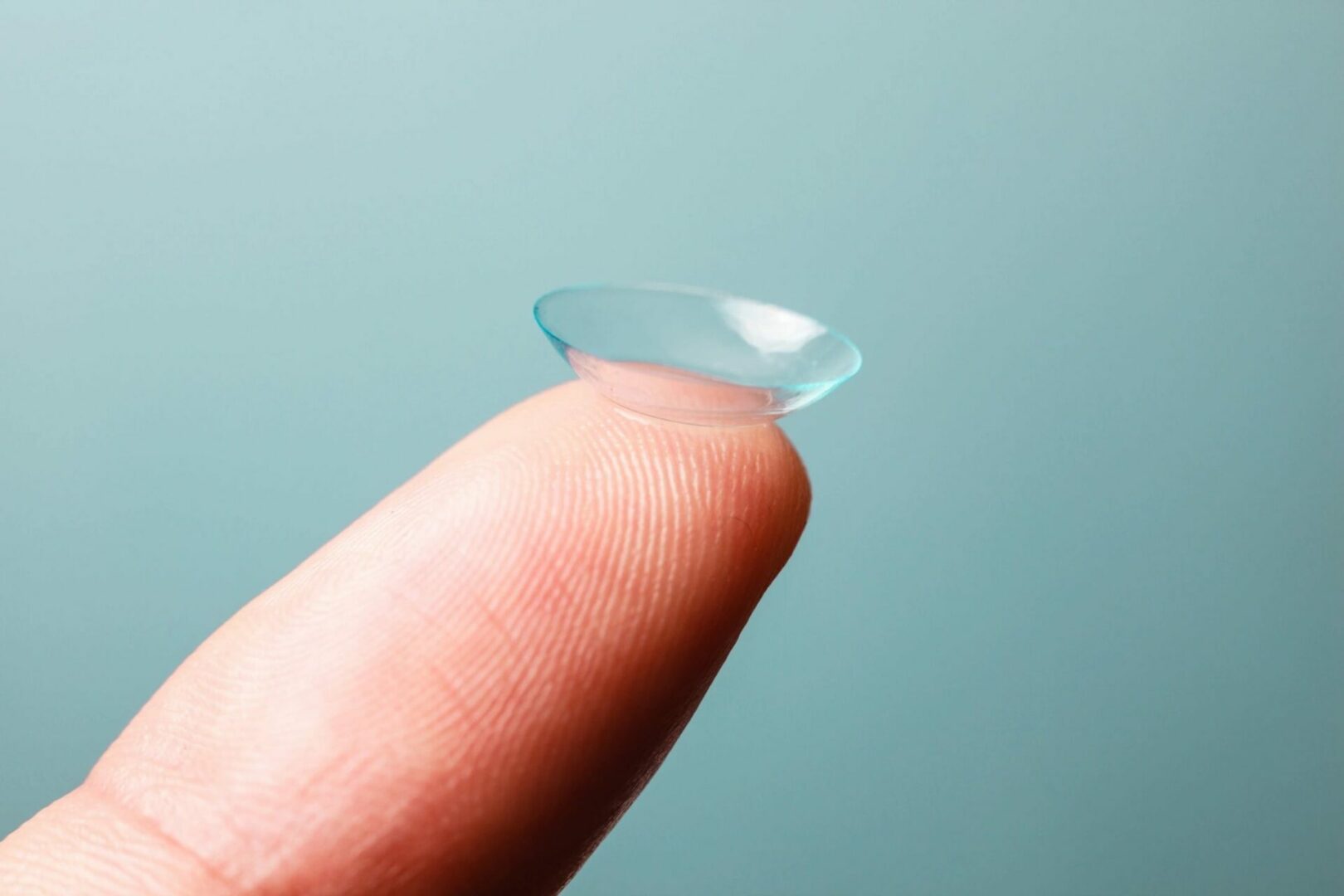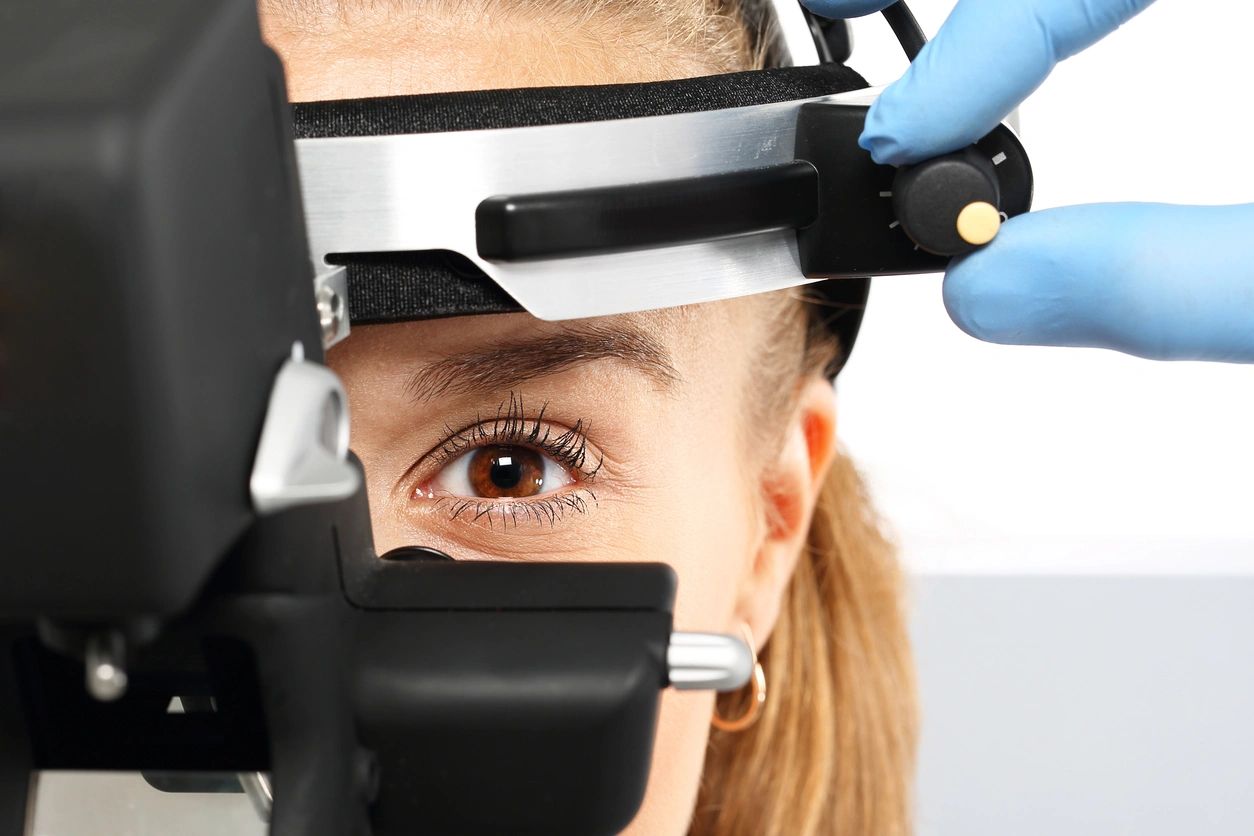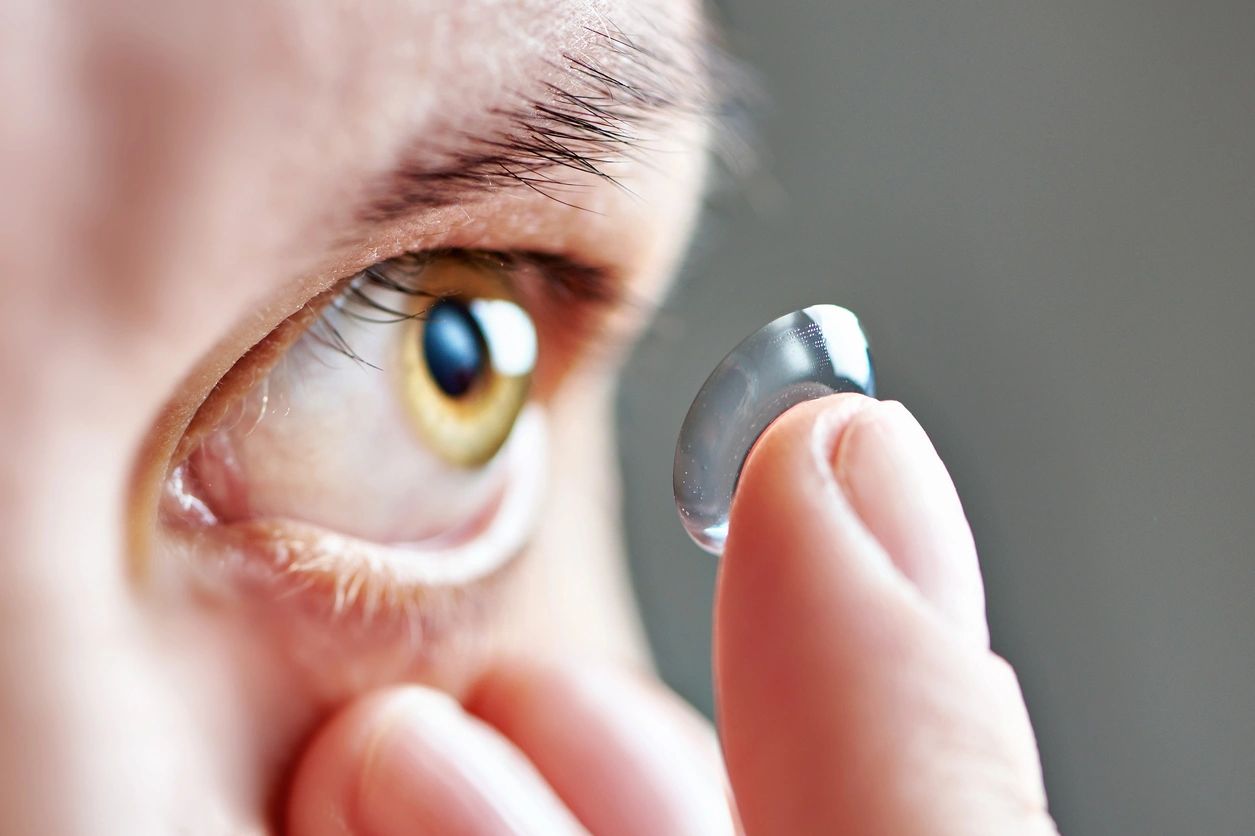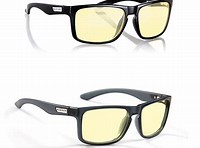Take Care Of Your Eyes In The Right Way
This article was provided by AllAboutVision.com.
Follow the links below for more information on eye health and vision correction.
Article ©2009 Access Media Group LLC. All rights reserved. Reproduction other than for one-time personal use is strictly prohibited.

Contact Lens Basics
Contact lenses, like eyeglasses or vision surgery, can correct your near-sightedness, far-sightedness, and astigmatism. Among Americans who need vision correction, about 20 percent wear contact lenses.
While some people enjoy making a fashion statement with eyeglasses, others prefer their appearance without them. Contact lenses offer the ability to be glasses-free without expensive vision surgery. Contacts also provide a wider field-of-view than glasses, which is great for sports.
History Of Contact Lenses
Contact lenses have been around for more than a hundred years, and today just about everyone can wear contact lenses. If you were told in the past that you couldn't wear contacts, odds are you can today. There are more convenient and healthy contact lens options than ever, including many contact lenses that can correct astigmatism
Eye Exam
If you are new to contact lenses, your first step is to see an eye doctor for an eye exam and contact lens fitting. In the United States, contact lenses are considered medical devices, and they must be prescribed and properly fitted by an eye care professional (ECP). Your ECP will evaluate your visual needs, your eye structure, and your tears to help determine the best type of contact lenses for you.
The many types of contact lenses available are grouped into four categories.
Contact Lens Materials
In 1998, new soft contact lenses called silicone hydrogel lenses were introduced. These lenses, which allow more oxygen to pass through them than conventional soft lenses, have become the most popular type of soft lens prescribed today. Currently, contact lens materials are classified by material into four types of contact lenses.
These are thin lenses made of gel-like, water-containing plastics. More than 90 percent of contact lenses worn today are soft lenses. They generally are easy to adapt to and cover the entire cornea (the clear front surface of your eye).
These are also known as GP, RGP, or rigid gas permeable lenses. They are smaller lenses made from rigid, waterless plastics. In some cases, GP lenses provide sharper vision than soft lenses.
They have a central GP zone, surrounded by a border made of soft lens material. These lenses provide the crisp optics of a GP lens, with comfort that rivals soft lenses.
Contact Lens Designs
Many lens designs are available to correct various types of vision problems to match your eye requirements.
Spherical contact lenses are the most common design. Spherical soft lenses correct nearsightedness and farsightedness. Spherical GP lenses can correct nearsightedness, farsightedness, and astigmatism.
Toric lenses (soft and GP) have multiple lens powers to correct astigmatism.
Bifocal and multifocal contact lenses (soft and GP) contain different zones for near and far vision to correct presbyopia.
Which Contact Lens Is Right For You?
The first step in finding the best contacts for you is to schedule a comprehensive eye exam and contact lens consultation with your eye doctor. During this exam, your doctor will make sure your eyes are healthy enough to wear contact lenses and counsel you about what to expect when wearing contacts.
Next comes the contact lens fitting itself. Detailed measurements of your eyes are taken, and trial lenses are applied to achieve the best possible fit and determine if you can comfortably wear contacts.
A contact lens fitting takes more than a single visit to your eye doctor. You will be asked to return for follow-up visits to make sure the lenses continue to fit properly and remain comfortable after prolonged periods of wear. In some cases, changes in lens size or design are needed before the fitting process is complete.
Your prescription for contact lenses is written only after the contact lens fitting process is completed and your doctor is satisfied with the long-term fit of your lenses and how well your eyes tolerate contact lens wear.
Caring for your contact lenses — cleaning, disinfecting, and storing them — is much easier than it used to be. In most cases today, only a single care solution is required for cleaning, rinsing and storing your lenses. And if you choose daily disposable soft lenses, routine lens care can be eliminated altogether. Your eye doctor or contact lens technician will teach you how to apply, remove and care for your lenses during your contact lens fitting.
Bifocal & Multifocal Contact Lenses
Bifocal and multifocal contact lenses are designed to give you good vision when you reach your 40s. Beginning at this age, you may need to hold reading material – like a menu or newspaper – farther from your eyes to see it clearly. This condition is called presbyopia. Bifocal and multifocal contact lenses are available in both soft and rigid gas permeable (GP) materials.
Article ©2009 Access Media Group LLC. All rights reserved. Reproduction other than for one-time personal use is strictly prohibited.
Computer Vision & Blue Light
As society has become more technologically advanced, computers and small devices, like cell phones and tablets have become an integral part of our lives. Children are now exposed to digital devices at a younger age while many adults are spending a majority of their work day on computers. Many patients report increase in eyestrain, fatigue, headaches, and dry eyes. It has been shown that exposure to blue light within an hour of bedtime can disrupt the normal sleep patterns of kids and adults. In addition, studies on the effects of blue light exposure are bringing to light concerns about potential increases in macular degeneration. We offer blue light protection in all prescription eyewear for adults and children. We also have non-prescription blue light protecting glasses for all ages.




